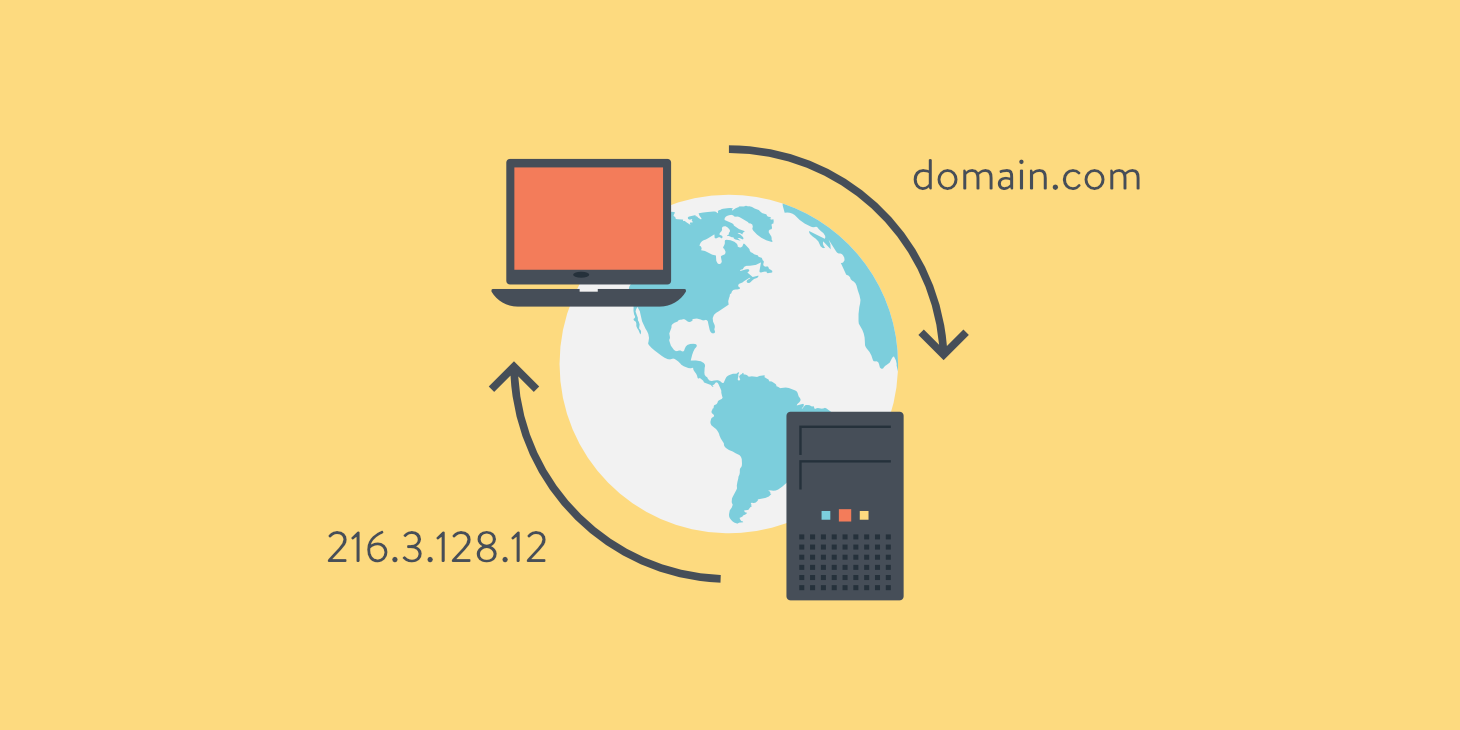DNS - Domain Name System
1. DNS - 101
DNS is the yellow pages of the internet. Humans locate a webpage with domain names, such as google.com or facebook.com. The web browser locates the webpage(domain) via a lookup. This translation of domain to IP is done by the DNS. This is a defined protocol as part of RFC1035.
 request ISP to locate domain.com
request ISP to locate domain.com
2. Types of DNS Servers
TLD DNS Server - These servers handle queries for specific top-level domains -
.com.net.org.Root DNS Server - They provide information about the authoritative DNS servers for top-level domains (TLDs). These are the starting point for any domain resolution.
Recursive DNS Server - They recursively search and fetch the information from the authoritative DNS servers. Commisioned for ISP.
Authoritative DNS Server - These servers are responsible for storing the actual DNS records which maps to domains. These are maintained by domain owners or domain providers.
3. Components of DNS Servers
Domain Registrar -This entity is responsible for managing the reservation of Internet Domain Names.
Name Servers - These are the yellow-pages servers which store the DNS records which map the IP to Domain Names.
- DNS Records - A record for capturing DNS Data. There are numerous number of DNS Record types.
- A record: A record data for
IPv4 address. - AAAA record: A record data for
IPv6 address. - CNAME record: A record data to create
Aliasfor a domain. It not not contain IP address. - NS record: A record data to store the
Name Serverfor a DNS. - SVCB record: A special record which can provide:
IP addressECHPublicKeysServiceAltEndpoints- directly.
- A record: A record data for
- Web-based services A platform to host the web service.
4. DNS LookIP
- Send a query for domain
www.example.com. - Query is addressed by the LDNS configured and is forwarded to the DNS recursive resolver.
- The resolver requests the DNS root nameserver.
- The root server responds with the address of the TLD of
.comDNS server. - The resolver makes a query to the
.comTLD. - The TLD server responds with the IP address of the domain’s nameserver
example.com. - The recursive resolver sends query to domain’s nameserver.
- The IP address for
example.comis returned to the resolver from the nameserver. - The DNS resolver then responds to the web browser with the IP address of the domain requested.
- The web browser makes HTTP request for the web contet, towards the IP address retrieved.
- The hosting server return the content to the browser.
5. DNS request.
1
2
3
4
5
6
7
8
9
10
11
12
13
14
15
16
17
18
19
20
21
22
23
❯ dig @1.1.1.1 www.cloudflare.com +dnssec
; <<>> DiG 9.18.20 <<>> @1.1.1.1 www.cloudflare.com +dnssec
; (1 server found)
;; global options: +cmd
;; Got answer:
;; ->>HEADER<<- opcode: QUERY, status: NOERROR, id: 46329
;; flags: qr rd ra ad; QUERY: 1, ANSWER: 3, AUTHORITY: 0, ADDITIONAL: 1
;; OPT PSEUDOSECTION:
; EDNS: version: 0, flags: do; udp: 4096
;; QUESTION SECTION:
;www.cloudflare.com. IN A
;; ANSWER SECTION:
www.cloudflare.com. 206 IN A 104.16.123.96
www.cloudflare.com. 206 IN A 104.16.124.96
www.cloudflare.com. 206 IN RRSIG A 13 3 300 20231208072716 20231206052716 34505 www.cloudflare.com. If3bsv5KD/fqHFQ228bSeGibtM8T8hz5KRKavhZ/XItxIEP8ScrhhVAg 5OQMlRiY3Nm1nJGNhqrxBaiWM8S4gg==
;; Query time: 64 msec
;; SERVER: 1.1.1.1#53(1.1.1.1) (UDP)
;; WHEN: Thu Dec 07 11:59:03 IST 2023
;; MSG SIZE rcvd: 193
6. types of DNS queries:
- Recursive query - The Client requests the DNS server to respond with Answer or with an Error message if record is not available.
- Iterative query - The Client requests the DNS server to respond with the best answer, if there is no match for the query the DNS server should return a referral to a DNS server for a lower level domain.
- Non-recursive query - The Client requests authoritative DNS server for the record or if record is available in the cache.